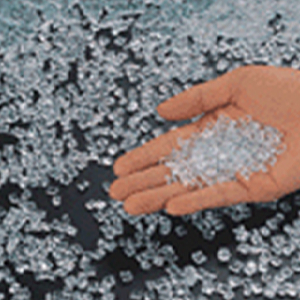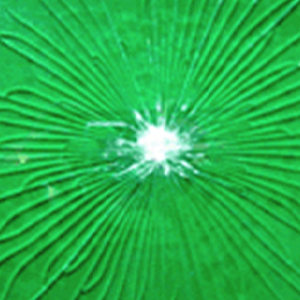Processed Glass
Processed Glass


Tempered GlassKSL2002
It is a product made by cooling rapidly after high-temperature heat treatment. While it has the same transillumination as ordinary sheet glass, it is a safety glass in which strength and thermal resistance have been increased amazingly.
Heat Strengthened Glass (KSL 2015)
- By suppressing the built-in stress of sheet glass within a constant range with appropriate heat treatment, the value of the strength coefficient that is used in calculating wind pressure resistance is about twice as high compared to ordinary glass for which heat treatment was not carried out while the damaged state is almost the same.
Tempered Glass (KSL 2002)
- Damage rate is low since strength is about four times higher than that of ordinary glass and even if it is damaged by an impact that exceeds the limit, damage due to glass fragments is reduced since the glass breaks up into small particles that do not have sharp ends. In addition, compared to ordinary sheet glass which has a possibility of breaking if the temperature difference is 60℃, tempered glass is a safe glass with strong thermal resistance that can withstand even temperature changes of 200℃.
Major Uses
- Windows of houses and buildings
- Entrances to buildings
- Windows of cars, trains, ships
- Escalator railings
- Windows of elevators
- Aquariums, audio racks
Manufacturing Method
After inserting a sheet glass in a glass tempering furnace and heating it uniformly up to the vicinity of the softening temperature, it is quenched by blowing air on both sides to form a large compression axis on both surfaces.
Damage State Comparison



Production Specification
| Item | Thickness (mm) | Maximum Size (mm) |
|---|---|---|
| Tempered Glass | 3 | 2,134 x 1,524 |
| 4 | 2,438 x 3,658 | |
| 5 | 2,438 x 3,658 | |
| 6 | 2,438 x 3,658 | |
| 8 | 2,438 x 3,658 | |
| 10 | 2,438 x 3,658 | |
| 12 | 2,438 x 3,658 |
